Find Tranquility with Sheetali and Seetkari Pranayama
Delving into the wonders of pranayama is amazing, because you come to realise not only that your breath can change your physical, emotional and mental state — but also that different breathing techniques have completely different effects.
You can use pranayama to create heat, energy, calm — and even coolness.
Sheetali (cooling breath) and Sheetkari (hissing breath) both fall into the category of tranquillising pranayama practices. They cultivate peace and calm in the body and mind and at the same time, they create a steady energy which means you can feel settled and focused.
Like other breathing practices, Sheetali and Seetkari also allow you to develop your control over breath, mind, and energy.
They draw the awareness inwards, encouraging an introspective state. And physically, they have a cooling effect on the body — which means they are ideal techniques to use in hot weather, or to balance the heating effects of more dynamic pranayama or yoga practice.
Women even use these breathing exercises to manage their temperature during pregnancy and the menopause!
It is useful to practice Natural Breath Awareness before beginning Sheetali or Seetkari so that you have established a settled state of mind.
In addition, it’s important to be comfortable with Yogic Breath before practising these cooling techniques, as you will use Yogic Breath throughout.
How to Practice Sheetali and Seetkari
These two techniques are very similar. First, here’s how to practice Sheetali— and below you’ll find instructions on how to adapt these instructions for Seetkari.
First find a comfortable seated posture and close your eyes.
Take natural, uncontrolled breaths, noticing each inhale and exhale. Allow the body and mind to settle.
When you’re ready:
Extend the tongue as far as possible without feeling strained.
Create a tube with the tongue by rolling up each side (note: approximately a third of people cannot roll the tongue — it’s down to genetics! If you’re one of those people, you can practice Seetkari instead).
On the inhale, draw the breath in through the rolled tongue — the inhale is long, slow and smooth. You’ll hear a noise a little like rushing wind or ocean waves, and the tongue and roof of the mouth will feel cool.
Relax the tongue and close your mouth, and exhale through the nose.
Take 5 to 10 breaths like this and then rest. Remember to practice Yogic Breath throughout! It’ll help to keep the cooling breaths long and steady.
For Seetkari, instead of rolling the tongue you hold the teeth lightly together but separate the lips — so the teeth are exposed. The tongue is relaxed and resting flat.
And the rest of the practice is just as with Sheetali; inhale slowly through the teeth, and then close the mouth to exhale through the nose.
Benefits of Sheetali and Seetkari
These tranquillising techniques will:
Quieten the activity of the lower brain centres, which creates mental and emotional calm
Makes way for prana — your life force energy — to flow freely through the body
Aid the relaxation of muscles and cool inflammation
Lower blood pressure and acidity levels in the body
Help to manage feelings of hunger and thirst
Are there any risks?
It is best not to practice these techniques if you have low blood pressure as they are likely to lower blood pressure further.
It is also not advisable for those with asthma, bronchitis, or excessive mucus and should be avoided if you suffer with chronic constipation.
As these techniques induce an inward-looking state of mind they may not be beneficial for you if you are very introverted or oversensitive.
And best not to practice in really cold weather or polluted environments.
It’s all about balance — so it’s helpful to find pranayama practices which cultivate equilibrium rather than emphasising your strongest traits.
Enjoy your practice!
If you’d like to learn more about traditional breathing techniques, have a peek at my Overview of Pranayama Practices . It’s being updated with new tutorials all the time.
PS: If you enjoyed this blog click the like button below then share it with those you care for who can also enjoy and benefit from it. 😊

